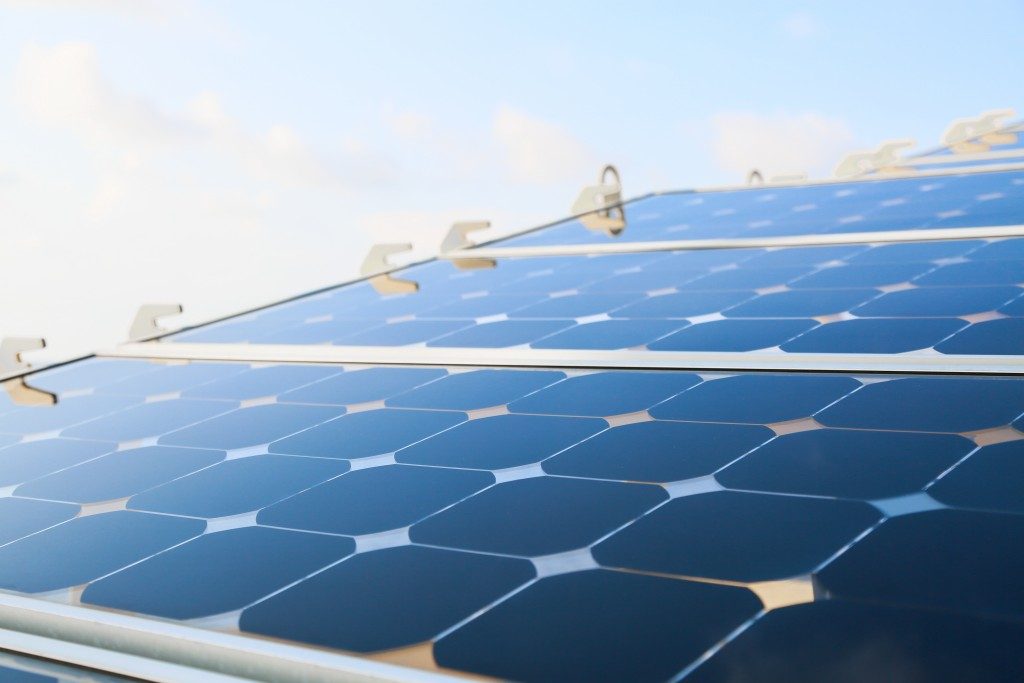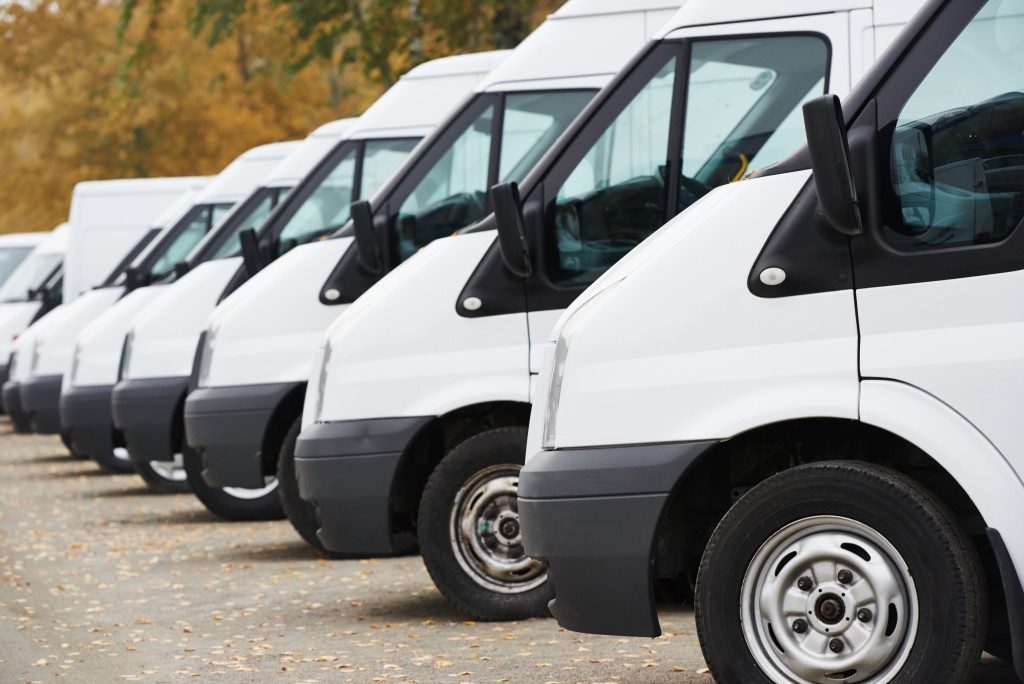The pollution that fleets produce is not only dangerous to the environment, but it may also increase operating costs, according to the paper, “Evaluating CO2 emissions, cost, and service quality trade-offs in an urban delivery system case study.”
The study, published in the International Association of Traffic and Safety Services Research journal, said that each kilogram of carbon dioxide that an average fleet produces is linked to a $3.50 rise in cost. Increased fuel costs and taxes on carbon emissions may cause this, the authors stated.
It’s difficult to give your customers competitive prices unless you come up with a sustainable way to operate your fleet. Start driving towards lesser emissions and more efficient delivery services with these steps.
Strengthen Your Routing Strategy
It’s not enough that your drivers are using top-of-the-line GPS equipment to find the shortest routes and avoid traffic jams. You should also make full use of the system by identifying which of your vehicles are closest to a package’s target destination and delegating the task to them. This way, you get to save on fuel and get more deliveries in on time. You can also mimic what UPS does with its fleet by minimizing left turns as much as possible.
The logistics giant claims that this strategy saves them about 10 million gallons of fuel a year. They also claimed that it lessens their carbon dioxide emissions by 100,000 metric tons annually. The company’s director of process management said, in its press release to news provider CNN, cars tend to idle longer when preparing to make a left turn. Idling is linked to increased fuel consumption and engine wear, even if the vehicle is just sitting still, according to a report by the U.S. Department of Energy.
A 2011 study from the North Carolina State University backs up this strategy, as it showed that a traffic design with no left turns results in faster travel times and reduced vehicular accidents. This design is known as a “superstreet,” where left turns are rerouted to a right turn and then a U-Turn. It reduces overall travel time by 20% and vehicle collisions by 46%.
While the right-turn strategy may lead to greener and more cost-efficient services, UPS uses a proprietary program to implement it properly. You may have to consult with your GPS equipment provider to give you a customized system that prioritizes right turns. You also have to retrain your drivers to follow this program to the letter.
The Future is Electric
Double up on your green strategy by using electric vehicles (EV) for your fleet. A study, “An Analysis of the Environmental Impact of Electric Vehicles,” says that EVs produce less than half the amount of CO2 than gasoline-powered cars. The author says that these emissions can be lessened further when manufacturers switch to more sustainable methods of vehicle production.
EVs like the Nissan Leaf are great for car rental or cab fleets, while Tesla’s pickup trucks and soon-to-be-released semis are suited for commercial ones. If you’re worried about the scarcity of recharging stations, states like New York and Salt Lake City have been aggressively putting up public EV power stations as part of their clean fleet initiatives.
Give Your Garage a Green Upgrade

Electric vehicles won’t do much for your sustainable initiative if the garages they’re stored in are power hogs. If you’re planning on getting charging stations for your EVs, make sure you’re also using a sustainable source like solar panels. Make temperature regulation easier by getting better insulation and enlisting commercial garage door services to keep your entrance and exit ways sealed properly to keep hot air outside during warm days and cold drafts away during winter. You should also train your garage employees on basic energy conservation practices like unplugging appliances before they leave their stations and charge the EVs only when needed.
Making your fleet sustainable will be a big move forward for your company. You need to shell out a lot of cash to procure EVs and customized navigation equipment. You also have to train your employees about sustainable practices on the road and in the garage. Besides lower operating costs, the biggest return you’ll get is knowing that your business is doing its part in keeping the environment healthy.

